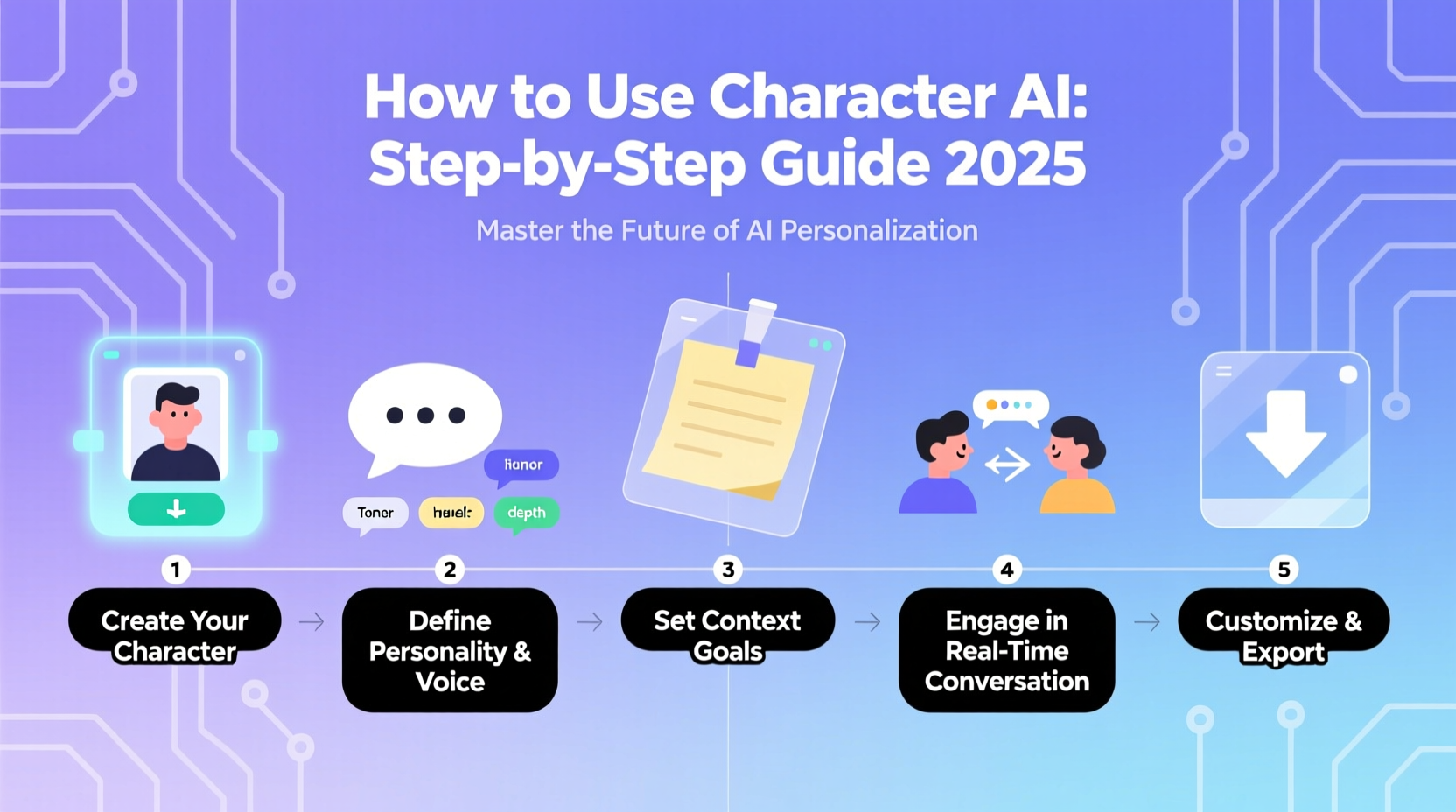This comprehensive guide will teach you how to call on character AI effectively, ensuring you harness its power for your projects. Key concepts include understanding the importance of AI in today's world and mastering practical steps to implement it smoothly. Safety precautions are highlighted to prevent misuse.
Introduction
In recent years, character AI has revolutionized the way we interact with technology, making it essential in various fields such as entertainment, education, and customer service. Its importance cannot be overstated, as it enables more natural and engaging experiences with digital applications. Understanding how to call on character AI is crucial for anyone looking to create dynamic, interactive environments. This guide will walk you through the practical steps of calling on character AI, ensuring you get the most out of this technology while staying safe and secure.
Step-by-step Operation Guide
- Step 1: Set up your development environment.
- Ensure you have the latest version of Python installed as character AI often uses this language for scripting purposes.
- Download and install necessary libraries such as TensorFlow or PyTorch.
- Step 2: Access character AI databases.
- Visit open-source platforms like Hugging Face to find AI models suitable for your needs.
- Download models and datasets relevant to your character development.
- Step 3: Customize your character AI.
- Use scripting to adjust parameters such as language style, response time, and interaction complexity.
- Example: Modify the greeting script to personalize interactions. `print("Hello! How may I assist you today?")`
- Step 4: Test your character AI.
- Conduct various scenarios to ensure reliability and interactivity.
- Adjust parameters based on test results to enhance performance.
- Step 5: Deploy your character AI.
- Integrate the AI into your application or platform ensuring seamless interaction.
- Monitor for real-time feedback to continuously improve the AI’s performance.
FAQ
- How can I ensure my character AI interacts naturally with users?
- What are the best sources for character AI models?
- How do I handle errors during AI deployment?
- What types of applications can benefit from character AI?
- How do I scale character AI for larger user bases?
Safety Precautions
- Ensure data privacy by encrypting all user interactions and AI responses.
- Regularly update AI models and datasets to protect against vulnerabilities.
- Monitor AI interactions to prevent misuse or unintended consequences.
Information Comparison Tables
| AI Model | Application | Complexity |
|---|---|---|
| OpenAI GPT | Text generation | High |
| Google Dialogflow | Conversation design | Medium |
| Hugging Face Transformers | Various AI tasks | Medium to high |
| Data Source | Availability | License Type |
|---|---|---|
| Common Crawl | Public | Open source |
| Wikipedia | Databased | Creative Commons |
| Custom Datasets | Private/Public | Varies |
Conclusion
Character AI offers dynamic possibilities for interaction, allowing applications to become more engaging and effective. By following the outlined steps and ensuring safety measures, developers can create robust AI-driven environments. Stay updated with ongoing developments to maximize the potential of character AI in your projects.











 浙公网安备
33010002000092号
浙公网安备
33010002000092号 浙B2-20120091-4
浙B2-20120091-4